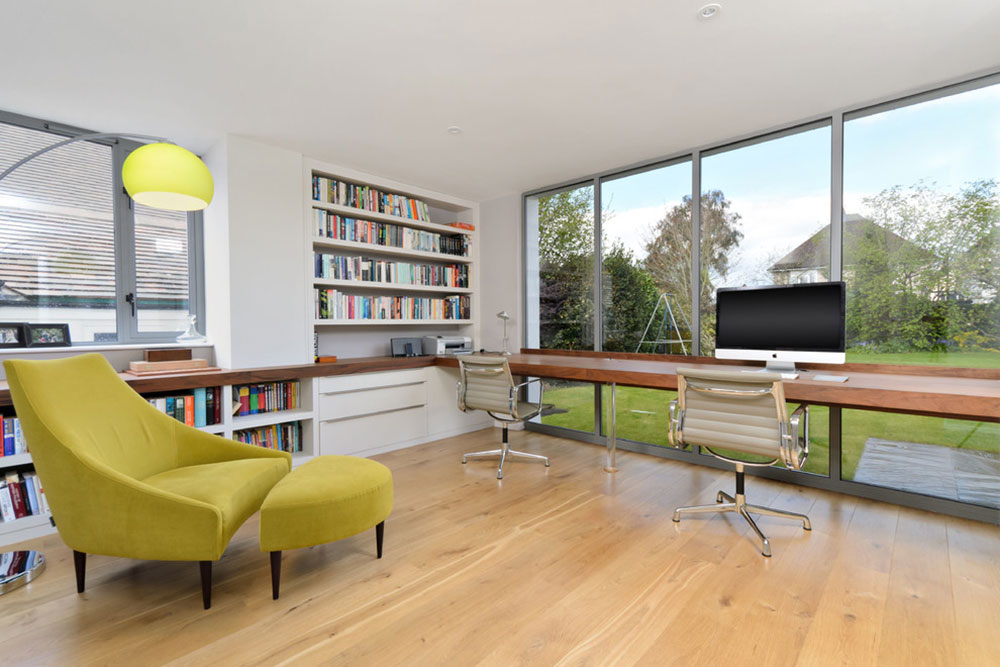
Working from Home – Best Floor Plans
The working world has undergone dramatic transformations in recent years, and one of the most significant changes has been the proliferation of remote work. With more and more professionals choosing to work from home, it’s becoming increasingly important to have a well-designed home office that promotes productivity and creativity. The layout of your workspace can have a profound effect on your ability to stay focused, generate ideas, and complete tasks efficiently. Whether you’re a full-time freelancer, a remote employee, or a part-time telecommuter, visit our website for choosing the right floor plan for your home office.
Maximize space with open layouts
If you’re looking to make the most out of your home office space, consider maximizing it with an open floor plan design. Open layouts have become increasingly popular for their ability to create a sense of spaciousness and flow, while also enhancing natural light and ventilation. This means that you can feel less cramped and confined, and more productive and energized in your workspace.
Open layouts also offer greater flexibility in terms of furniture arrangement, allowing you to easily reconfigure your workspace to suit your changing needs. Whether it’s a small corner of your living room or a dedicated room, an open floor plan can help you make the most out of your working from home experience.
Separate work and living areas
When it comes to working from home, it can be challenging to separate your work life from your personal life. One way to address this issue is by creating a dedicated workspace. This can be achieved by setting up a designated office area or even just a specific corner of your home where you can focus on work-related tasks. Ideally, this area should be free from distractions, such as the TV or other household activities.
By separating your work area from your living space, you can create a clear boundary between work and life and establish a routine that can help you stay on track and focused. This approach can be especially helpful if you live with others who may also be working from home, as it can help minimize interruptions and distractions during work hours.
Consider natural lighting placement
When designing a home office, lighting plays a crucial role in creating a productive and comfortable environment. Consider natural lighting placement as a key factor in your home office floor plan. Maximizing the amount of natural light in your workspace can reduce eye strain and improve your mood and energy levels. Ideally, you should place your desk near a window, allowing natural light to flood the room. This can also help reduce the need for artificial lighting during the day, which can lead to significant energy savings.
However, keep in mind that glare can lead to headaches and tired eyes, so you should avoid it at all costs. To regulate the quantity of natural light that floods into the space, you might want to think about installing window coverings like blinds or curtains. You may build a home office that is not only comfortable and productive but also beneficial to your health and well-being by giving careful consideration to the positioning of natural lighting throughout the design process.
The best floor plan for working from home depends on your personal preferences and work requirements. Whether you need a dedicated office space or a quiet corner in your living room, there are many options to consider. When choosing a floor plan, be sure to think about natural light, privacy, and comfort. Ultimately, the key to a successful work-from-home setup is finding a space that allows you to be productive, focused, and comfortable, while maintaining a healthy work-life balance. With the right floor plan, you can create a workspace that works for you.
